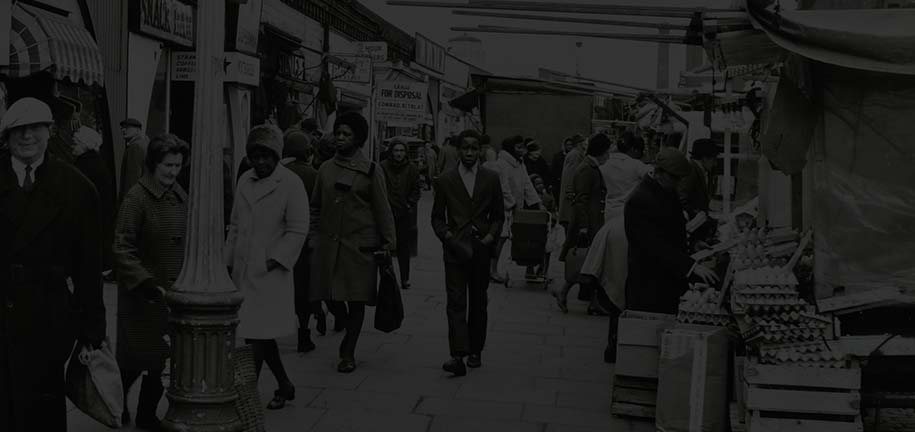Life without heart and lungs
digital file Black & White Sound 1974 15:41

Video not currently available. Get in touch to discuss viewing this film
Summary: Here, Denis Melrose, Professor of Surgical Science at the Royal Postgraduate Medical School, London, discusses different kinds of life support machines for use in major heart and lung surgery.
Title number: 18377
LSA ID: LSA/21534
Description: Segment 1 The lecture begins with a short film of life support being used in an operating theatre. A member of theatre staff demonstrates an artificial lung. The film clip ends. Melrose shows slides showing silicone and other polymeric membranes which can be used in surgery. Time start: 00:00:00:00 Time end: 00:04:31:19 Length: 00:04:31:19 Segment 2 Melrose shows a slide in which a silicone membrane is used to enable a hamster to breathe in a cage immersed in an aquarium. He then shows a slide which illustrates the mechanism of an artificial kidney. Time start: 00:04:31:19 Time end: 00:09:51:19 Length: 00:05:10:00 Segment 3 Melrose shows a diagrammatic slide of an experiment set up for oxygen uptake by blood via silicon membranes. A film clip shows a lamb being kept alive artificially without heart and lungs. Melrose suggests that the lamb is quite happy and doesn't mind. Time start: 00:09:51:19 Time end: 00:15:41:21 Length: 00:05:50:02
Credits: Presented by Denis Melrose, Professor of Surgical Science, Royal Postgraduate Medical School. Produced by John Metcalfe.
Further information: This video is one of more than 120 titles, originally broadcast on Channel 7 of the ILEA closed-circuit television network, given to Wellcome Trust from the University of London Audio-Visual Centre shortly after it closed in the late 1980s. Although some of these programmes might now seem rather out-dated, they probably represent the largest and most diversified body of medical video produced in any British university at this time, and give a comprehensive and fascinating view of the state of medical and surgical research and practice in the 1970s and 1980s, thus constituting a contemporary medical-historical archive of great interest. The lectures mostly take place in a small and intimate studio setting and are often face-to-face. The lecturers use a wide variety of resources to illustrate their points, including film clips, slides, graphs, animated diagrams, charts and tables as well as 3-dimensional models and display boards with movable pieces. Some of the lecturers are telegenic while some are clearly less comfortable about being recorded all are experts in their field and show great enthusiasm to share both the latest research and the historical context of their specialist areas.
Keywords: Life Support Care; Heart; Lung; Cardiopulmonary Resuscitation
Locations: United Kingdom; England; London; University of London
Related

Comments